Ideacity
1. Moshe Hammer
To launch the 2013 Ideacity conference, Moshe Hammer took the stage with 150 violin-equipped children and led an adorable rendition of “O Canada.” But it wasn’t just to elicit the oohs and awes of an enamoured audience. Hammer is a world-renowned violinist who believes music has the power to change lives. He founded The Hammer Band in 2006 as a response to the gun violence that raged in Toronto in 2005, with the wish “to change violence into violins,” he explains.
The Hammer Band is a unique, and free, opportunity that provides students with both a violin and lessons for the year. The classes foster problem-solving skills and teamwork, boosting each child’s self-worth and steering at-risk youth away from violent paths. Since its inception, The Hammer Band has grown from 40 kids to over 350. Hammer hopes to see that number hit 500 this fall. Donations are warmly welcomed and greatly appreciated.
www.thehammerband.com
2. Don Tapscott
Gen-Yer’s take a lot of flak. They’re often labelled lazy, entitled, narcissistic and ignorant, with poor social skills and bad values. They’ve even been called “The Dumbest Generation,” by Emory University professor Mark Bauerlein. But according to Canadian CEO, consultant and author Don Tapscott (Macrowikinomics), these criticisms are ungrounded. In a recent $4-million research project, Tapscott and his team interviewed 11,000 millennials from 10 countries and found quite the contrary. What he sees is a “digital generation” with high IQs living at a time when it’s never been harder to get into top universities, where volunteering continues to grow and alcohol, drug use and youth crime continue to decline. For the first time in our history the youth are leading the way and finding themselves as authorities on an all-too important subject, the digital revolution. According to Tapscott, educational systems are not keeping pace with this accelerating generation. Schools need to focus more on collaboration and less on top-down lecturing to better encourage students’ development. His message: “Boomers: lighten up. The kids are alright.” www.dontapscott.com
3. Michael Green
There’s a problem with the way we build buildings. In the U.S., transportation accounts for 28 per cent of total energy use. The manufacturing and operation of buildings? Nearly 50 per cent. When it comes to carbon dioxide emissions, air travel generates 1.6 per cent of America’s total emissions while shipping creates 3 per cent. Steel and concrete, two major construction materials, on the other hand, are responsible for 4 per cent and 5 to 8 per cent, respectively. This is a concern for Michael Green. The B.C.–based architect believes this matter isn’t talked about enough within his field. While many starchitects focus on esthetics and iconic-looking structures, Green feels these staggering figures indicate that a shift is needed in how buildings are created, especially with swelling urban populations. He explains how everyday 100,000 new people need a home. By 2025 that will bring an additional 3 billion people, 40 per cent of the world’s population, into the housing market. “It means we have to reinvent the materials we build our cities with,” he says. Green’s firm, Michael Green Architecture, is experimenting with incorporating wood into large-scale buildings, including skyscrapers. Using the “Finding the Forest Through the Trees” model, Green proposes using mass timber panels that function like concrete and steel as a primary building material in multi-storey buildings. Not only is wood highly durable and rapidly renewable, but it also “sequesters carbon” during maturation, helping to remove it from the atmosphere. Of course, deforestation is a concern, but through “certification plus conservation,” it’s a matter Green believes we can regulate and monitor. “The choice of material matters,” he says, and wood could
provide the answer.
www.mg-architecture.ca
4. Jack Andraka
When a family friend was taken by pancreatic cancer, Jack Andraka turned tragedy into hope. The then 15-year-old did some digging, researching how doctors identify and diagnose pancreatic cancer. What he found shocked him. Over 85 per cent of pancreatic cancers are diagnosed too late, when the chance of survival is only 2 per cent. The test to detect that cancer was the problem: it was grossly inaccurate, shockingly outdated — over 60 years old, “that’s older than my dad,” Andraka jokes — and at $800 per test, too expensive. There had to be a better way.
He toiled for months, sifting through thousands of proteins found in the blood of those diagnosed with cancer, until he found one that seemed more prevalent in patients with pancreatic cancer: mesothelin. A stroke of luck in biology class gave him the idea to combine carbon nanotubes with antibodies on a simple paper detector to help identify that specific protein. He compiled his research and sent 200 proposals to professors at Johns Hopkins University, hoping for a chance to develop a working detector in a lab setting. He received 199 rejections. But Dr. Anirban Maitra offered to hear him out, and Andraka convinced him of the great potential of his dipstick sensor. Seven months later Andraka had his working detector. “It costs three cents and takes five minutes to run,” he says. “It’s 168 times faster, over 26,000 times less expensive and over 400 times more sensitive than our current standards for pancreatic cancer detection.” By swapping in different antibodies, Andraka explains, his patent-pending sensor can detect any number of cancers or other diseases, potentially changing how we identify and diagnose life-threatening diseases. Not bad for a 15-year-old.
www.jackandraka.net
5. Amy Webb
Is there an algorithm for love? Amy Webb thinks so. But it isn’t one formulated by an online dating site — it’s one you write yourself.Webb, a digital strategist and author of Data, A Love Story, had experienced all types of “truly awful dates.” While friends and family thought she was too picky, Webb’s heart was set on finding her Prince Charming. She refused to settle. She decided to try online dating. These digital matchmakers advertised the use of algorithms to fix up supposedly suitable mates, and as a data analyst herself, this tactic was appealing. Webb found, unfortunately, that there was more to it than just inputting info. “Most of us don’t answer all of the questions on these online poles and systems totally honestly. We tend to answer aspiration ally,” she says. Instead of letting the site do all the work, she took the initiative — she reverse engineered and “gamed” online dating. She composed a list of desirable attributes she wanted in a man, prioritized them and developed a scoring system to find Mr. Right. She did further research on the competition, examining how the most successful women built their profiles, and she subsequently optimized hers in a similar fashion. Her strategy worked. She was inundated with scores of emails from potential suitors. None, however, ranked high enough in her system. But her patience eventually paid off. She met a man that fit her desires, and after a year of dating, he popped the question — she had found her husband. “You have to figure out what you’re looking for,” she says, noting honesty with yourself as an important first step, “and be brave enough to go after what you want.”
www.webbmediagroup.com
6. Bruce Duncan
The key to overcoming death isn’t found in some fabled fountain of youth. According to Bruce Duncan, the answer is in technology. Duncan is the managing director of the Terasem Movement Foundation (TMF), a not-for-profit with the mission of using technology to extend human life. Through the foundation’s LifeNaut project, Duncan and his team are interested in transferring human consciousness into new forms. “The Internet is not just growing us a new nervous system,” he says, “it’s actually contributing to the extension of our neocortex.”
On the LifeNaut website, users can create a free “mindfile” that they fill with their interests and personal thoughts. Things like videos, documents, the places they’ve been, anything that highlights the personality and experiences of the user, similar to how we use social networking sites like Facebook. In the future, it’s Duncan’s hope that these foundations will be used by Artificial Intelligence software to build digital representations of those users, ones that can explore and share new experiences and ideas with the original. It also means the potential to upload those digital representations into other bodies, including robots. Bina48 is the first example of this possibility. Using TMF co-founder Bina Rothblatt’s mindfile, this robotic bust can converse with people — with attitude and wit, no less — and when connected to the Net, search for specific data and answers to questions. It’s (she’s?) an uncanny model for the project’s possibilities. Duncan foresees a future where it won’t be unusual to have multiple representations of our selves, online and possibly in robotic form, exploring the universe. He sums up his enthusiasm with an iconic Back to the Future quote: “Where we’re going, we don’t need roads.”
www.lifenaut.com
7. Axel Guenther
There may be no bigger term in the revolutionary technology department today than “3D printing.” While it’s been touted as the Next Big Thing in manufacturing, one of the most interesting applications is in the field of medicine. Axel Guenther is the scientific director of the University of Toronto’s Centre for Microfluidic Systems in Chemistry and Biology, where he and his team have developed a prototype 3D printer that prints skin. This process, often called “bioprinting,” creates thin sheets of “biotissue” filled with human cells that are then layered on top of each other to produce a material that assumes human tissue-like properties. One square metre of this “tissue duct tape” can be produced in about 45 minutes. Guenther has been collaborating with the Health Sciences Centre at Sunnybrook Hospital to use this printing technique as a workable solution for burn victims. Not only could 3D printing change how we customize our goods for personal use, but in the medical field, it could prove to be an invaluable restorative tool.
mfl.mie.utoronto.ca
8. Juliet Jiang
How fast can a skyscraper be built? If you asked Juliet Jiang, senior vice-president of Broad Sustainable Buildings, she’d tell you “pretty fast.” Broad’s specialty is pre-fabricated skyscrapers, buildings that are 95 per cent made in a factory. Modulars are made in an assembly line fashion and then put together at the construction site in extraordinarily time. Broad already used this technique to erect a 30-storey hotel in only 15 days. But as Jiang explains, Broad’s next project is vastly more ambitious. It’s called Sky City, an 838-metre tall, 202-floor megastructure that will tower over Changsha, China. It’s a response to the rapid sprawling of booming metropolitans. The idea is to provide everything residents will need all in one building: housing, businesses, schools, shopping, entertainment and healthcare. It’s designed to ensure peak earthquake resistance, energy efficiency and durability. Thanks to the pre-fabrication construction, Broad boasts it will be assembled in only three months (plus four months of factory construction) with an estimated completion of April 2014. If finished according to plan, Sky City will be the tallest building in the world and could be, as Jiang notes, the next step in urbanization.
www.broadusa.com
9. Naveen Jain
Everyone dreams of coming up with that next billion-dollar idea, to be that entrepreneur with the next paradigm-shifting invention. But Naveen Jain believes most are looking at the problem from an outdated angle. Entrepreneurship, says the business executive and technology pioneer, isn’t about starting a company; it’s a state of mind. It’s about framing problems in novel ways that fit our rapidly changing world, and finding the courage to go out and live that vision. Jain adds fuel to the fervour by presenting scenarios that are ripe for the picking. Can healthcare be improved using one of our most powerful tools, smartphones? How can we develop clean and renewable energy sources using our most abundant resources, sunlight and ocean water? How can we replace current education systems, often described as relics of the industrial age, with modes of learning that foster innovation and problem solving in the 21st century? Those are the avenues entrepreneurial thinkers should travel down. “There’s not a problem on Earth that innovation and entrepreneurship can’t solve,” he states. We just have to go after it.
www.naveenjain.com
10. Michael Nicula
The Canadian political system can be painfully frustrating. Remember when Dalton McGuinty promised not to raise taxes — and then did? This seems to be the trend of many politicians vying for votes: lots of promises, little accountability. Michael Nicula wants to change all that with the Online Party of Canada (OPC). Like many disgruntled Canucks, Nicula was once disenfranchised with the unfulfilled promises scattered in the wake of the political process. Today, however, he sees the Internet as a means of holding politicians responsible for their words. The OPC uses “electronic direct democracy” so members are able to immediately vote on an issue. The party officials must then support the position the majority voted for, regardless of personal opinion. As the OPC is non-partisan, members can change their vote at any time. Party officials must also sign a Promissory Letter of Resignation before they can run for candidacy, so if they don’t follow through with the majority’s wishes they can be forced to resign. Nicula hopes this direct democracy will foster greater participation, hold politicians accountable, and put the power back in the hands of the people.
www.onlineparty.ca










































































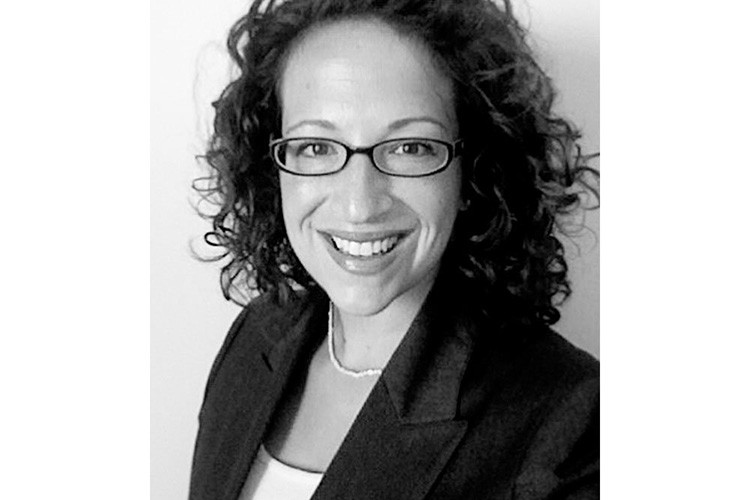
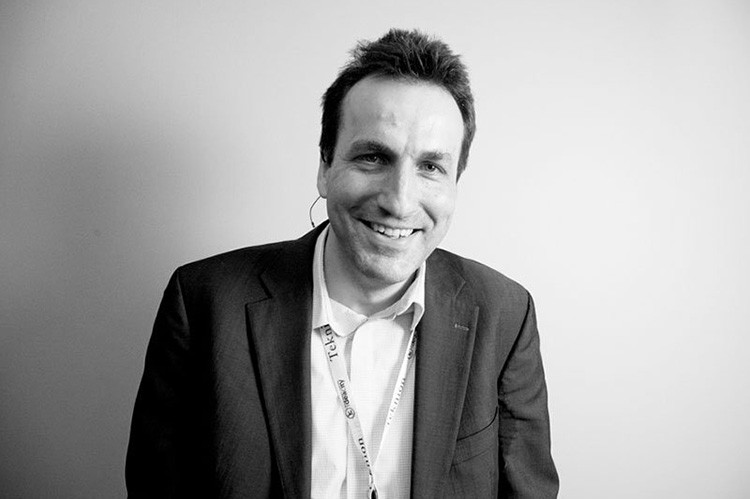
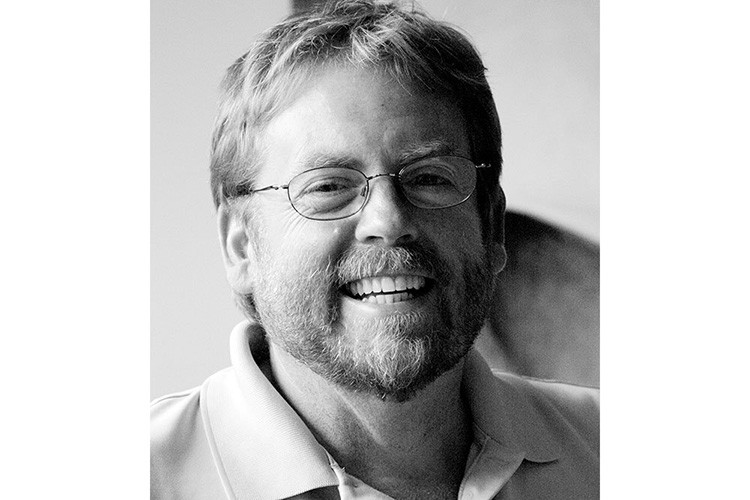

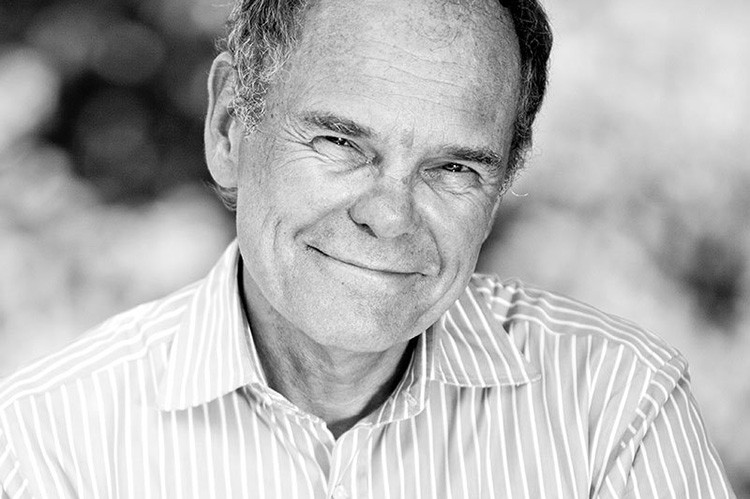
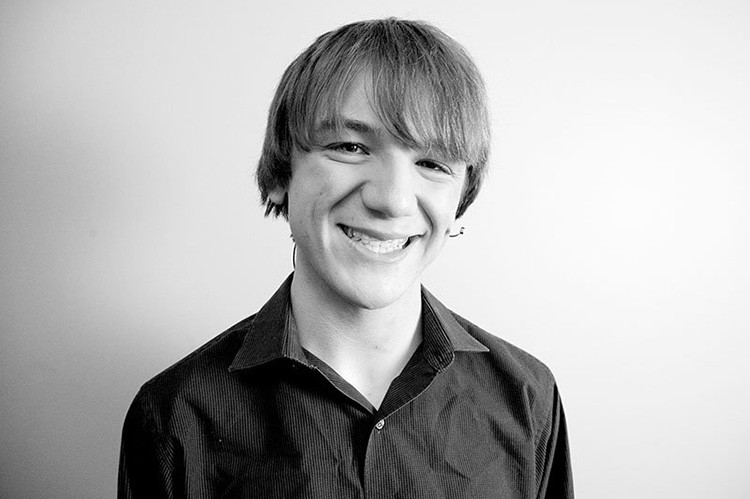

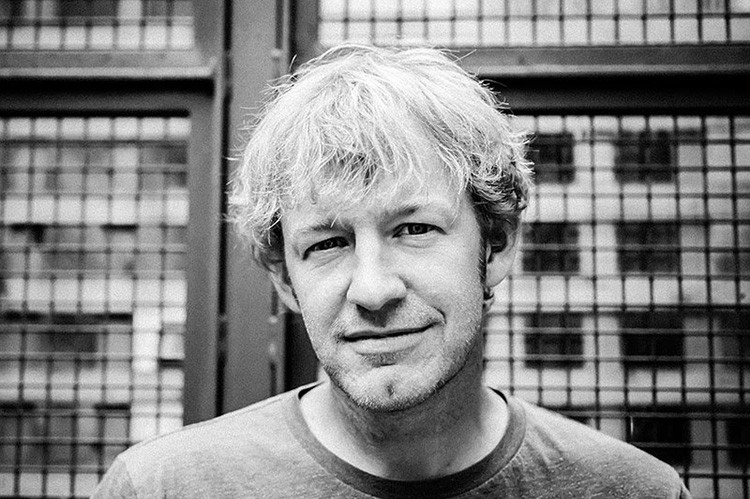
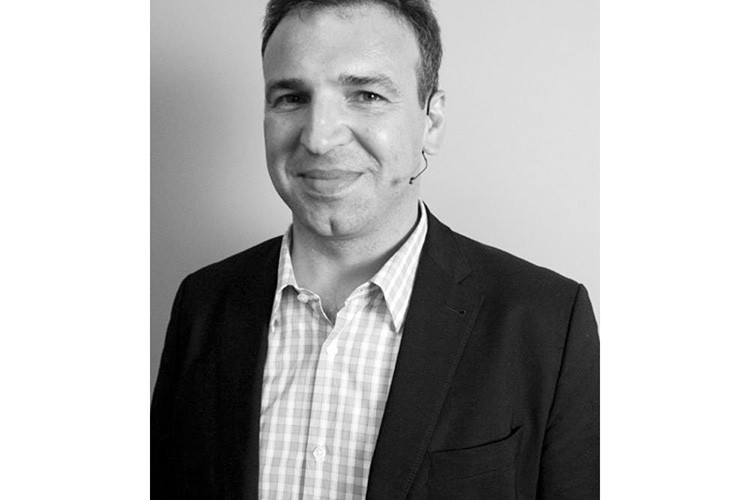
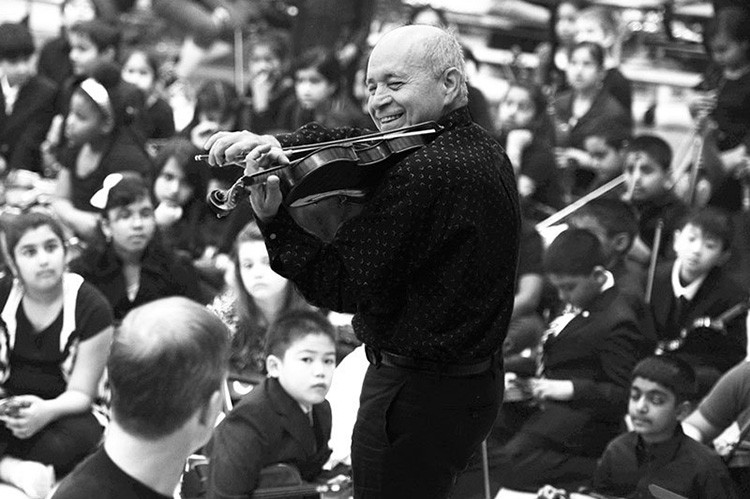
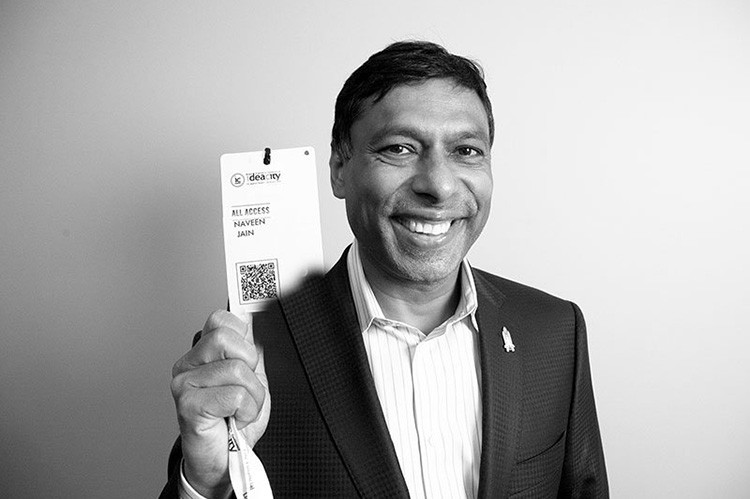
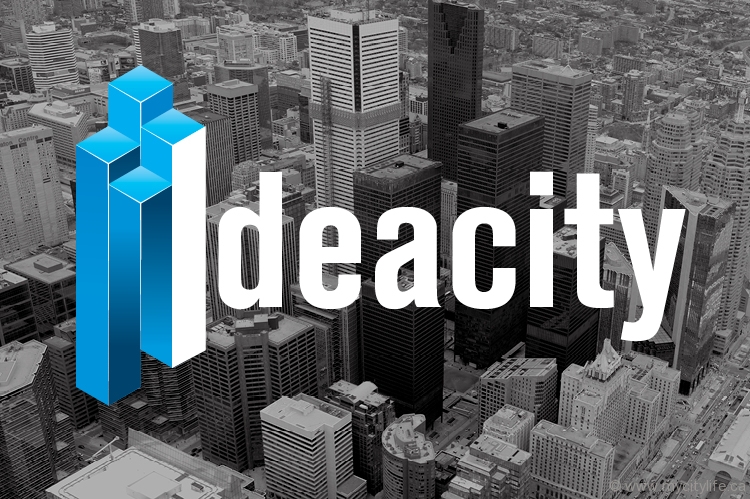



No Comment